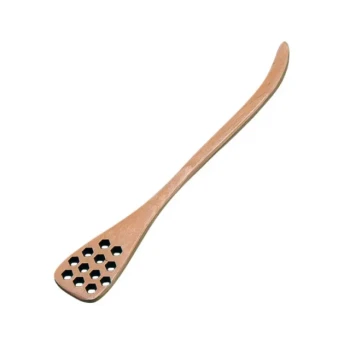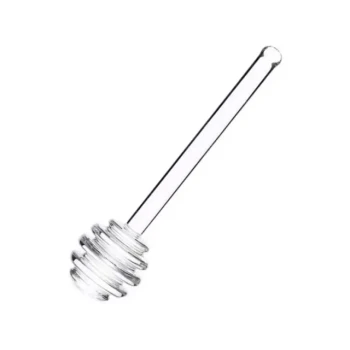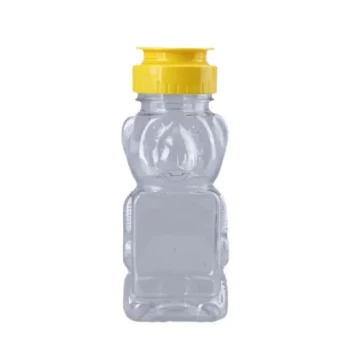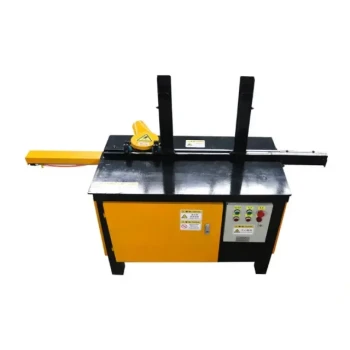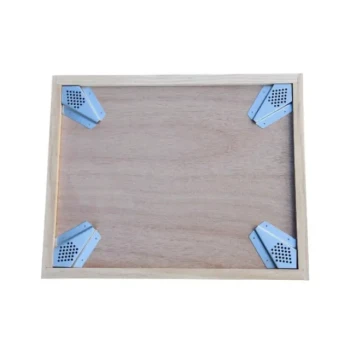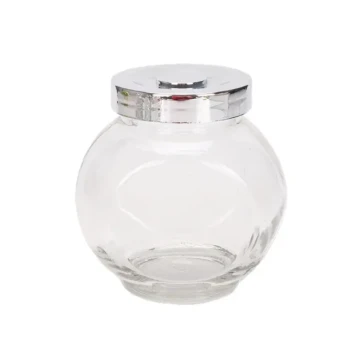Under ideal conditions, a strong, healthy beehive can fill a standard honey super with six to ten frames in as little as a couple of weeks. However, this is the best-case scenario. The actual time it takes is not a fixed number but is entirely dependent on a range of dynamic factors, and poor conditions can not only stop production but even cause bees to consume the honey they've already stored.
The speed at which bees fill a hive with honey is not a set timeline. It is a direct reflection of the colony's strength, the availability of local nectar sources, and favorable weather, making the process highly variable.
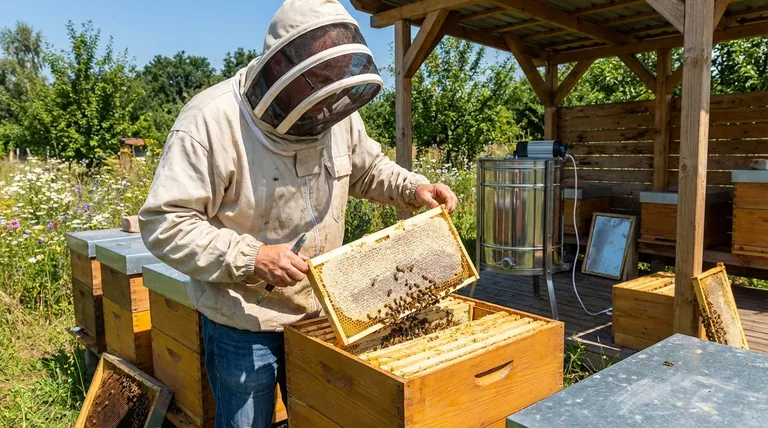
The Core Factors Influencing Honey Production
To understand how quickly your hive might fill, you need to assess the three critical components that govern the pace of honey storage.
The Nectar Flow
The nectar flow is the single most important factor. This term refers to a period when an abundance of local flowers are producing nectar. A strong flow means foragers can easily and quickly collect massive amounts of resources.
Without a strong nectar flow, production will be slow or non-existent, no matter how strong the colony is.
Hive Health and Population
A large, thriving population is essential. A hive with tens of thousands of worker bees has a massive workforce of foragers ready to take advantage of a nectar flow when it happens.
Conversely, a small or struggling colony must dedicate more resources to raising new bees and maintaining the hive, leaving fewer foragers available for honey collection.
Weather and Climate
Bees are highly sensitive to the weather. They will not fly in heavy rain, strong winds, or cold temperatures.
A string of sunny, warm, and calm days is perfect for foraging. A week of poor weather during a peak nectar flow can mean the colony misses its best opportunity to gather surplus honey.
Why "Refilling" Isn't Always a Straight Line
The process of storing honey is not static. Bees are constantly managing their resources based on the environment's signals.
The Journey from Nectar to Honey
Foragers bring thin, watery nectar back to the hive. House bees then pass this nectar between themselves, adding enzymes and reducing its water content from around 80% to just under 18%.
Once the honey is "cured," the bees cap the hexagonal cell with a layer of fresh beeswax for long-term storage. A beekeeper only harvests frames that are mostly "capped."
The Risk of Reversal: Nectar Dearth
If the nectar flow suddenly stops—a period called a nectar dearth—the bees' behavior changes. They will prioritize their own survival.
During a dearth, the colony will stop storing new honey and begin consuming what they have already saved. This is why beekeepers sometimes find that frames that were once filling up are now becoming empty.
Common Timelines to Expect
While every situation is unique, we can outline some general scenarios. These estimates typically refer to filling one standard-sized honey super (8-10 frames).
Ideal Scenario: Strong Hive, Peak Flow
A very strong colony during a peak nectar flow (e.g., the blooming of clover, basswood, or blackberries) can fill a honey super in 1 to 3 weeks. This is the rapid production that beekeepers hope for.
Average Scenario: Moderate Conditions
For a healthy but average-sized hive with a decent but not overwhelming nectar flow, a more realistic timeline is 4 to 8 weeks per super. This is a common experience for many hobbyist beekeepers.
Challenging Scenario: Weak Hive or Poor Flow
A weak hive, a new colony, or a hive experiencing a nectar dearth may take an entire season to fill one super, or they may not produce any surplus honey at all. Their focus is on survival and building up their population.
Understanding the Trade-offs
A beekeeper's goal is to harvest surplus honey, but the bees' goal is to survive the winter. This creates a critical balancing act.
The Bees' Needs Come First
Honey is not a byproduct; it is the colony's essential food source for winter. Taking too much honey, especially late in the season, can lead to the colony starving before spring.
Harvesting Uncapped Honey
It can be tempting to harvest frames that are only partially capped. However, this "unripe" honey has high water content and will ferment in storage, spoiling the entire batch. Patience is critical.
The Impact of Hive Inspections
While necessary, frequent hive inspections disrupt the colony's work. It's important to be efficient and purposeful during an inspection to minimize the interruption to their honey production.
Making the Right Choice for Your Goal
Your approach should be guided by your primary objective as a beekeeper.
- If your primary focus is maximizing honey yield: Ensure your hive is at maximum strength just before the main nectar flow in your area begins.
- If your primary focus is colony health and sustainability: Always harvest conservatively, ensuring you leave more than enough honey for the bees to survive winter.
- If you are troubleshooting a slow-filling hive: Assess the core factors—confirm there are blooming resources nearby, check that your queen is laying well, and ensure the colony is free from pests and disease.
By understanding these dynamics, you shift from simply waiting for honey to actively supporting your hive's natural cycle of productivity.
Summary Table:
| Scenario | Hive Strength | Nectar Flow | Estimated Time to Fill a Super |
|---|---|---|---|
| Ideal | Very Strong | Peak Flow | 1 - 3 weeks |
| Average | Healthy | Moderate Flow | 4 - 8 weeks |
| Challenging | Weak / New | Poor Flow / Dearth | Entire Season or No Surplus |
Ready to Maximize Your Apiary's Productivity?
Achieving fast, reliable honey production requires strong colonies supported by high-quality equipment. HONESTBEE supplies commercial apiaries and beekeeping equipment distributors with durable, wholesale-focused beekeeping supplies—from honey supers and frames to essential hive tools. Let us help you build a more resilient and profitable operation.
Contact HONESTBEE today for wholesale pricing and expert support tailored to your commercial needs.
Visual Guide
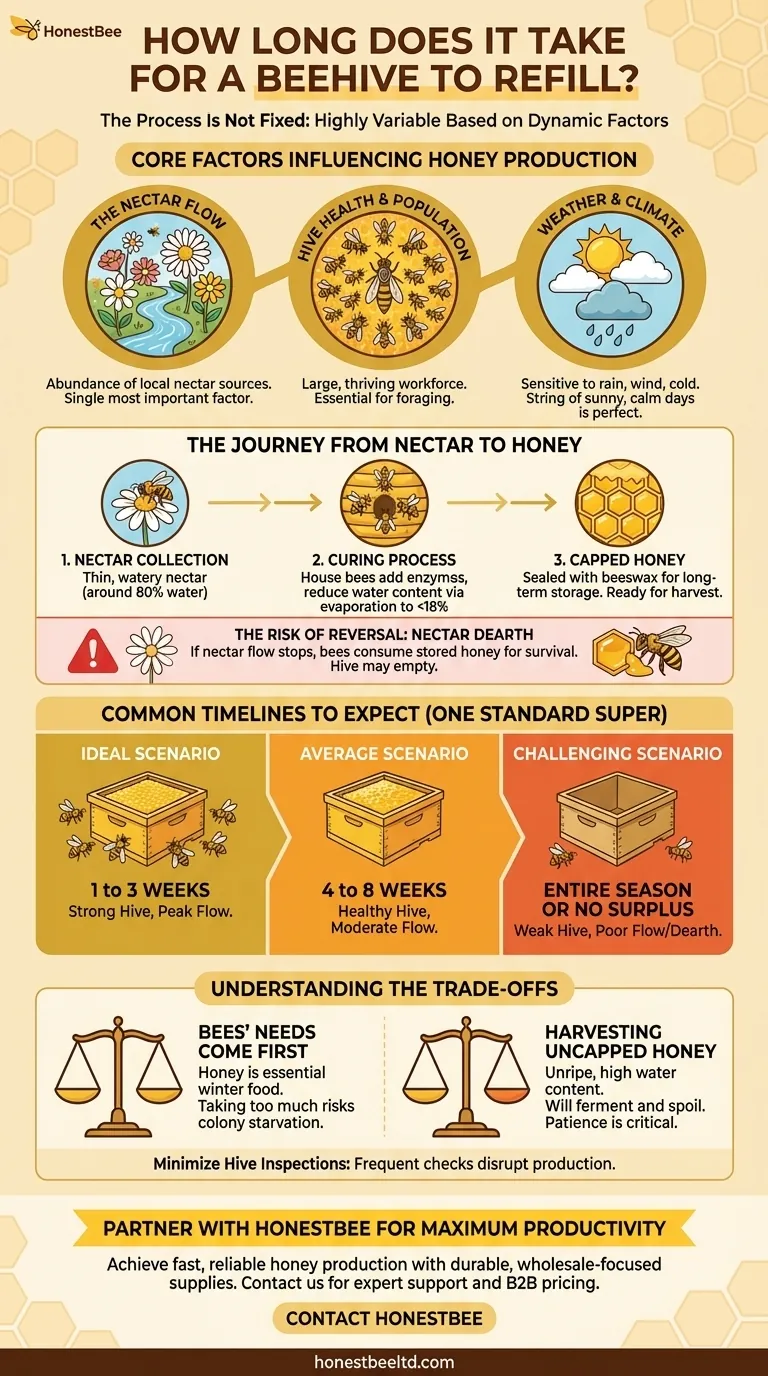
Related Products
- HONESTBEE 72 Frame Industrial Electric Honey Extractor for Beekeeping
- HONESTBEE 3-Frame Manual Acrylic Honey Extractor
- 10L Stainless Steel Electric Honey Press Machine
- Stainless Steel Honey Press Wax Press with Tank
- Stainless Steel Manual Honey Press with Guard for Pressing Honey and Wax
People Also Ask
- How do automatic honey extractors function? Achieve High-Efficiency Honey Harvesting
- Why is preserving honeycomb integrity important, and how do automated extractors help? Boost Hive Health & Honey Yields
- What should a beekeeper do after extracting honey from supers? A Guide to Harvest Management
- What is the energy consumption like for automatic honey extractors? Maximize Your Harvest Efficiency
- What are the advantages of automatic honey extractors? Scale Your Apiary with Unmatched Efficiency







